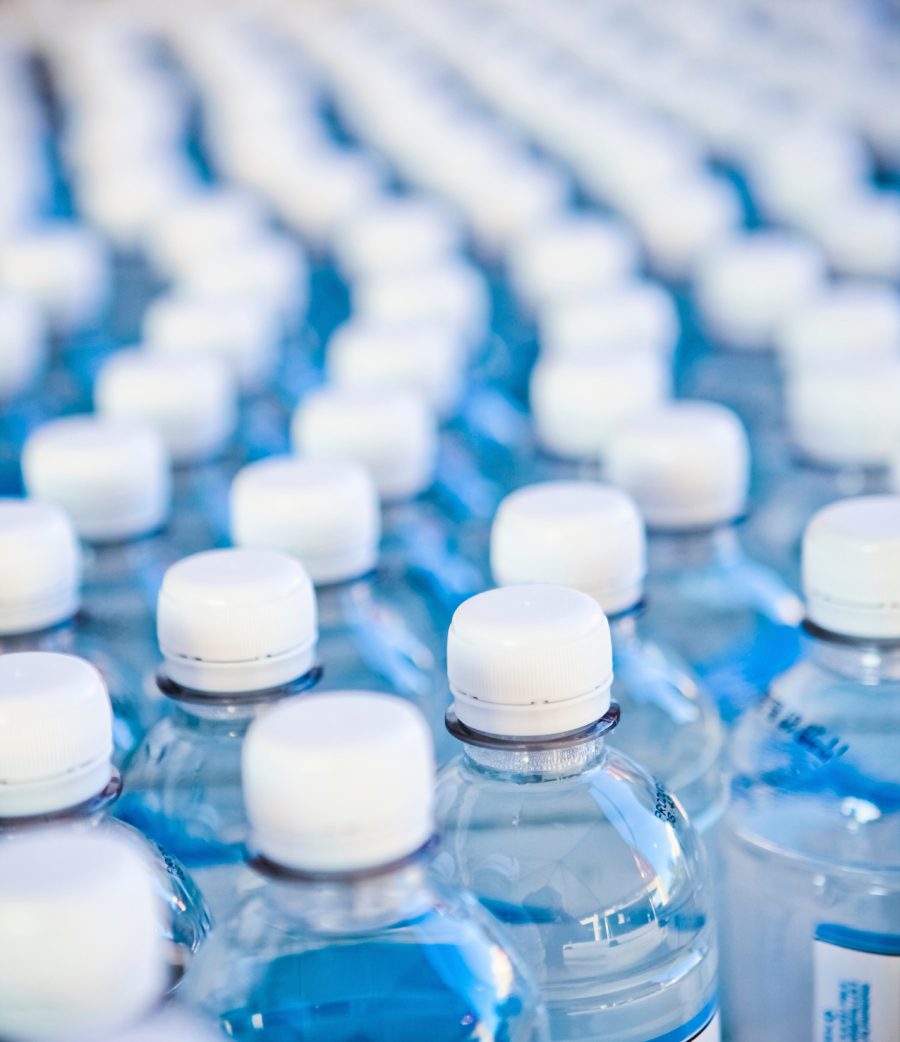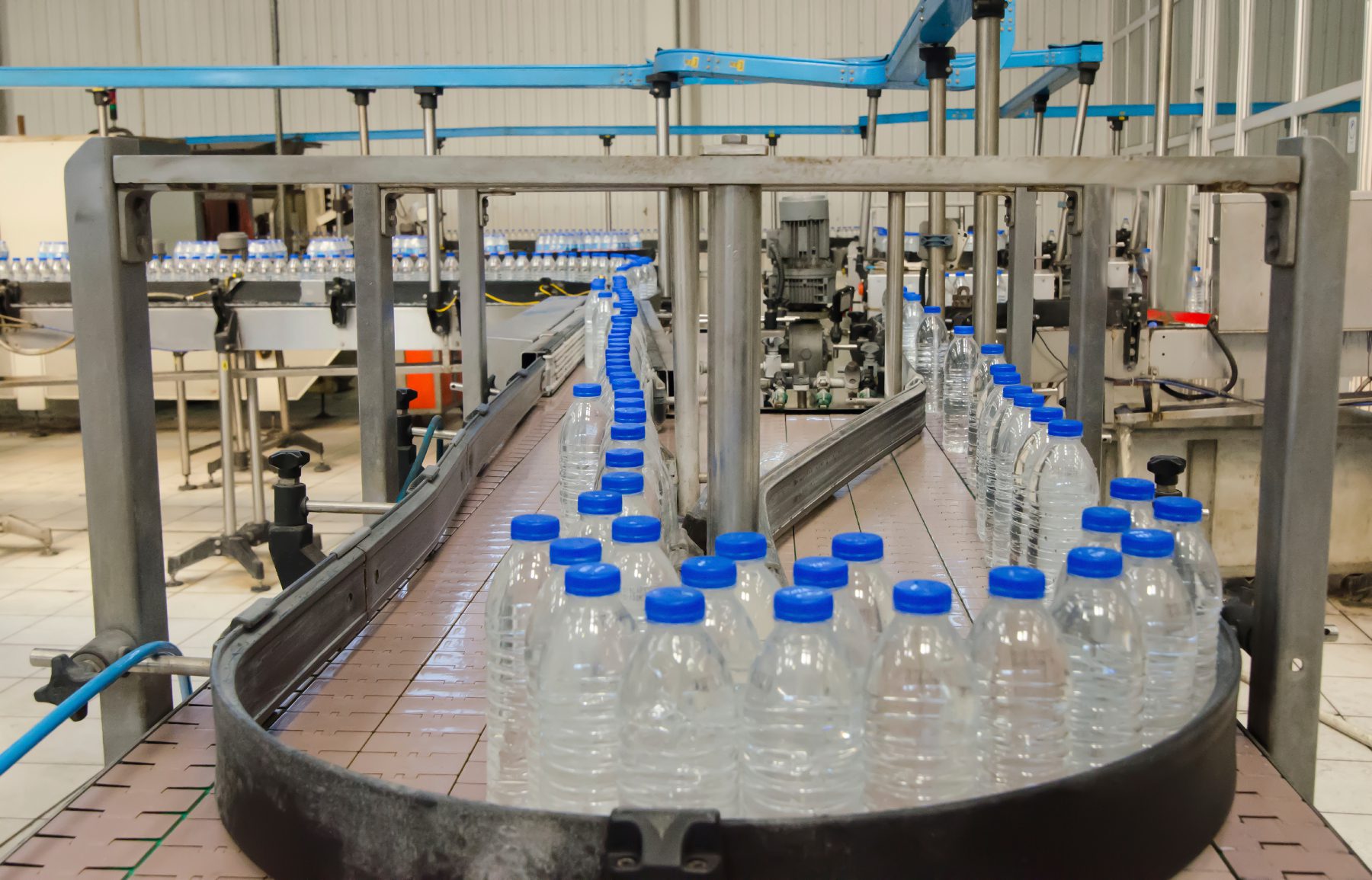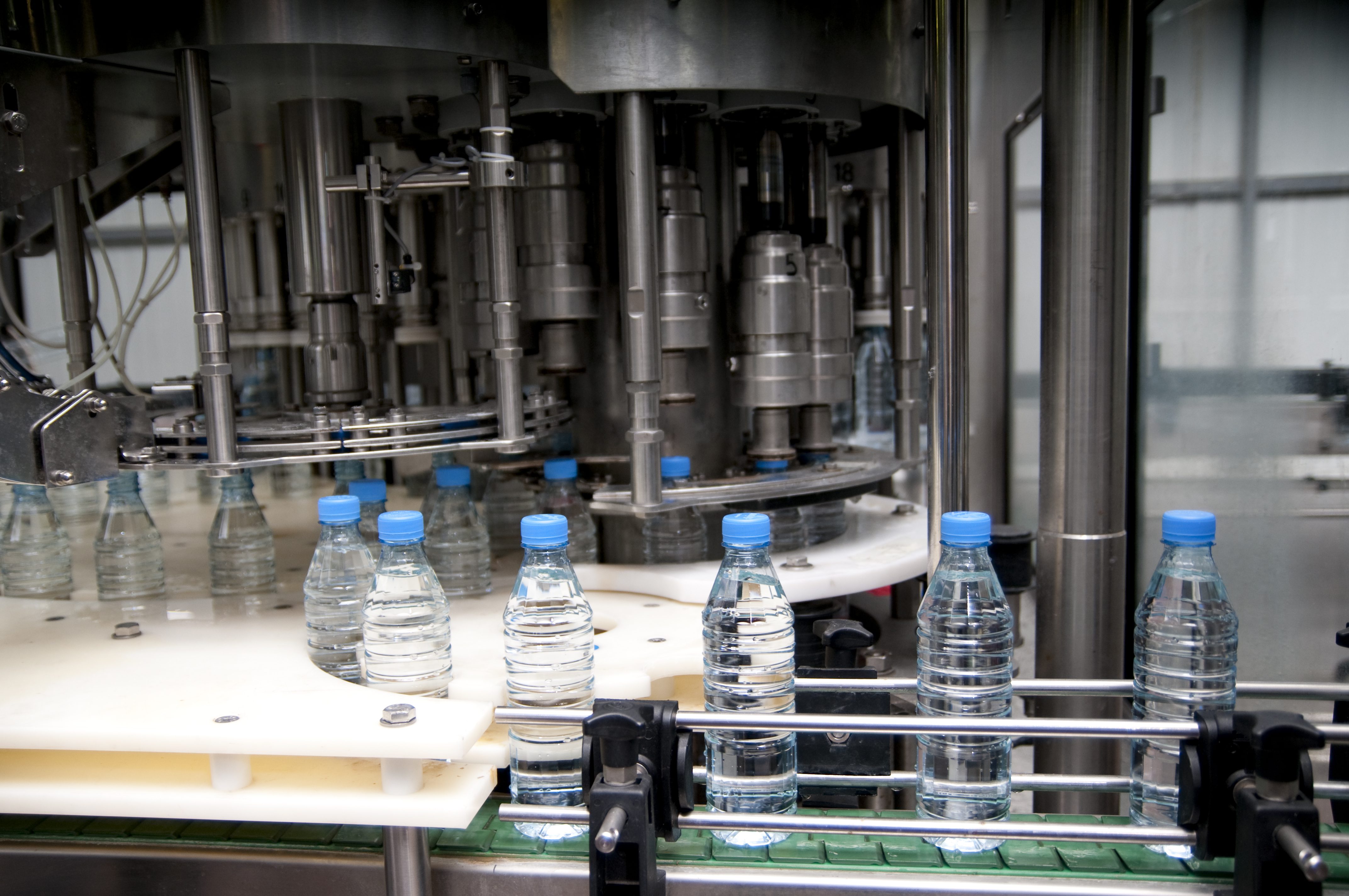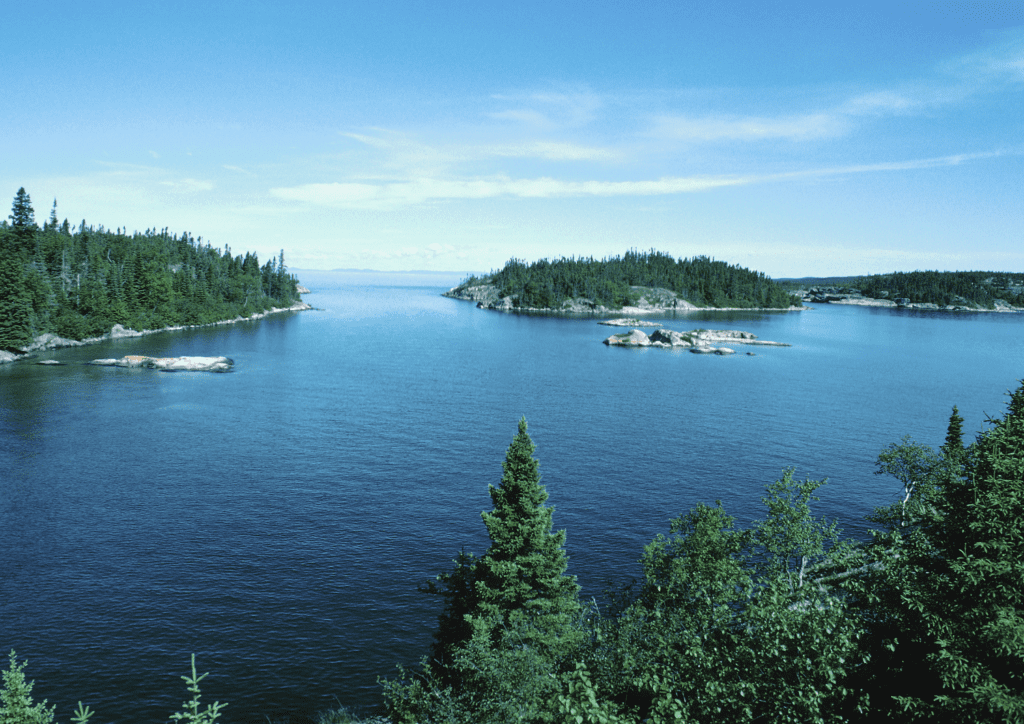Bottled water has been a hot topic in Ontario lately. In response, Premier Kathleen Wynne has tasked Environment Minister Glen Murray with reviewing the water taking permitting process for water bottlers in Ontario. It’s a much needed and long overdue review.
Currently, bottlers like Nestlé pay only $3.71 for every million litres of water they extract. This cheap price for water extraction is costing the environment and communities. In July of this year Nestlé’s permit to take water from a well in Aberfoyle, Ontario expired. But despite public outrage, the bottler has continued to withdrawal up to 3.6 million litres of water a day – even during the peak of this past summer’s severe drought.
(Side note: Technically, this isn’t against the rules. Nestlé submitted an application to renew its water taking permit, and until the province makes a decision about the renewal – one way or another – the bottling giant is legally allowed to continue extracting water.)
To make matters worse, last week news broke that Nestlé had outbid a small, but fast-growing municipality for access to a well which nestle wanted for “future business growth”. Typically, a bottler would conduct tests prior to purchasing the land to ensure the water is of good quality and available in sufficient quantities to support their plans, but Nestlé pre-emptively bought access to the well, just to lay claim to it.
It’s all too clear that the current permitting system for water bottlers is broken. The system is set up so the highest bidder gets the water; a multinational corporation trumps a local community. That isn’t right.
We need to ensure our water is managed responsibly, so as to not deplete our water resources, harm the environment, or threaten communities’ access to clean drinking water. There should be a difference between the water withdrawal permits for agriculture, construction, or manufacturing, and consumptive commercial enterprises like bottling.
Farmers use Ontario’s water resources to grow the crops that feed communities. The water used for irrigation remains in the same watershed and much of it eventually recharges groundwater. Water bottlers permanently remove water, potentially changing the water table in a local area. Besides, the current system essentially licenses them to take Ontarians water and sell it back at a huge mark-up, in plastic bottles that end up littering our landscape and choking our waterways. It’s the marketing trick of the century.
Because Ontarians are privileged enough to have four Great Lakes in their backyard, it’s easy to mistakenly believe that access to clean, plentiful freshwater is unlimited. But programs to improve water quality, and safeguard water quantity are chronically underfunded.
That’s why we’re proposing a two-part funding plan to safeguard our water and improve the health of the Great Lakes:
1. Fix the broken water-permitting system to ensure water takers pay their fair share, and that water takings don’t deplete our precious water resources, harm the environment, or threaten communities’ access to clean drinking water; and
2. Introduce a deposit return program for single-use plastic bottles, like water bottles, to reduce plastic pollution and generate sustainable funding to improve the health of the Great Lakes.
To learn more about our plan, read our report: Turning the Plastic Tide: How to Protect the Great Lakes and Fight Plastic Pollution.
And if you’re looking for ways to Take Action:
1. Sign our petition, asking Ontario to put a price on plastic pollution
2. Sign our petition, asking Ontario to fix the broken permitting system for water bottlers.
3. And choose to refill, not landfill, and drink tap water using a refillable bottle when you’re on the go.









